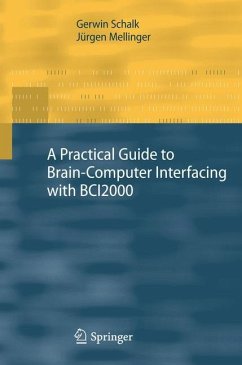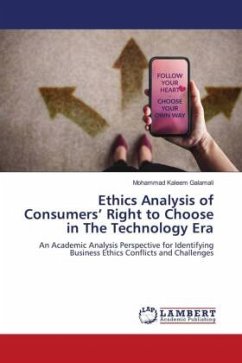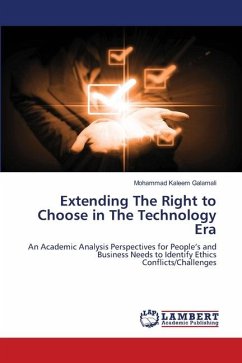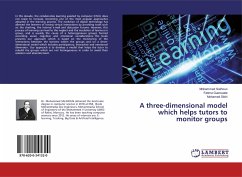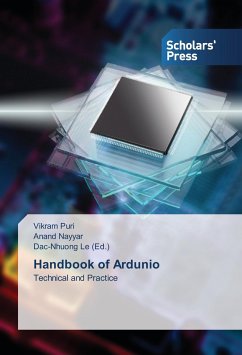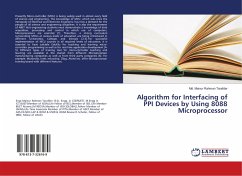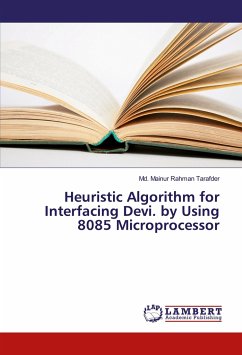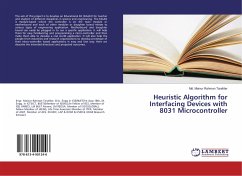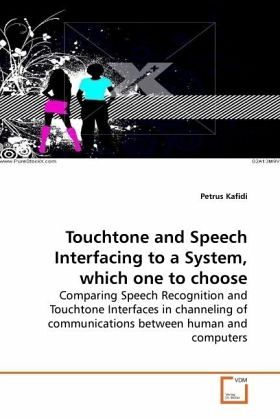
Touchtone and Speech Interfacing to a System, which one to choose
Comparing Speech Recognition and Touchtone Interfaces in channeling of communications between human and computers
Versandkostenfrei!
Versandfertig in 6-10 Tagen
32,99 €
inkl. MwSt.

PAYBACK Punkte
16 °P sammeln!
Using an automated service to access information via telephone has become an important productivity enhancer. However, such automated services are generally inaccessible to users who have had little technological exposure. There has been a belief that speech recognition technology can be used to bridge this gap, but little objective evidence for this belief has been produced. To adress this situation, two interfaces, touchtone and speech-based, were designed, implemented and compared as input modalities to a system that provide the said users with access to an informational/transactional servi...
Using an automated service to access information via
telephone has become an important productivity
enhancer. However, such automated services are
generally inaccessible to users who have had little
technological exposure. There has been a belief that
speech recognition technology can be used to bridge
this gap, but little objective evidence for this
belief has been produced. To adress this situation,
two interfaces, touchtone and speech-based, were
designed, implemented and compared as input
modalities to a system that provide the said users
with access to an
informational/transactional service. The speech-
based interface was found to outperform the
touchtone interface in terms of completion rate,
error rate and user satisfaction. The data obtained
on time taken to complete tasks could not be
compated as the touchtone interface data was highly
influenced by people who did not fall in the
category of the users under consideration. These
results serve to confirm that speech-based
interfaces are more effective and more satisfying
and can therefore enhance information dissemination
to people who are not well exposed to the technology
telephone has become an important productivity
enhancer. However, such automated services are
generally inaccessible to users who have had little
technological exposure. There has been a belief that
speech recognition technology can be used to bridge
this gap, but little objective evidence for this
belief has been produced. To adress this situation,
two interfaces, touchtone and speech-based, were
designed, implemented and compared as input
modalities to a system that provide the said users
with access to an
informational/transactional service. The speech-
based interface was found to outperform the
touchtone interface in terms of completion rate,
error rate and user satisfaction. The data obtained
on time taken to complete tasks could not be
compated as the touchtone interface data was highly
influenced by people who did not fall in the
category of the users under consideration. These
results serve to confirm that speech-based
interfaces are more effective and more satisfying
and can therefore enhance information dissemination
to people who are not well exposed to the technology



